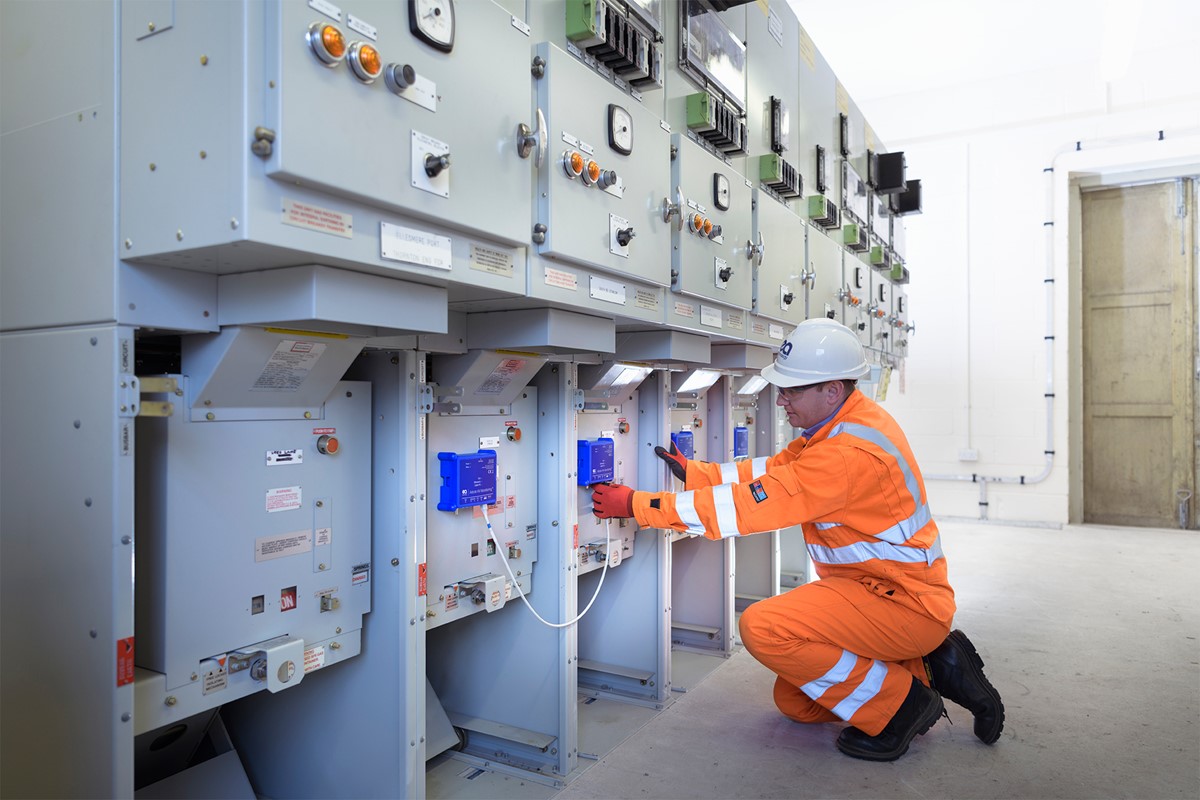Think you know PD? Test your PD knowledge!
10 fun and interactive questions. Find out if you are a PD beginner or a pro today!
Start Quiz05 September 2023
Thomas Whyte
Partial Discharge (PD) is a localised dielectric breakdown of a small portion of electrical insulation. This happens when electrical stress in a high voltage (HV) environment is too high, and when insulation cannot cope, it breaks down.
Internal PD - The silent killer
Internal PD occurs silently, giving no external warning signs such as sound, smell or visual indication. It is often the main cause of unanticipated equipment failure.
Surface PD - A more visible concern
Surface PD can be seen with the naked eye and is often accelerated by environmental conditions such as, humidity. Although it can be easily identified by visual inspection, the real challenge here is early detection.
Corona PD - Onset for surface PD
Corona PD is what we often hear in outdoor switchyards. Although it is not particularly harmful in outdoor switchyards, it can initiate surface PD if left unchecked in enclosed chambers.
Partial discharge testing is an established condition monitoring test that plays a pivotal role in determining HV asset health. When embarking on a PD testing program, the greatest challenge lies in tailoring a testing schedule that is cost-effective and identifies faults promptly, allowing time for intervention before failure.
Commonly used in predictive maintenance, the P-to-F curve represents the progression of equipment failure over time.

When dealing with HV switchgear and the multiple variables at play, the P-to-F curve becomes more complex. Each type of failure or variable may have its own distinct P-to-F curve, which can vary in length and shape. When creating your optimal test regime, it is important to consider this P-to-F interval.
What are the factors influencing the P-to-F interval?
Periodic testing VS Permanent monitoring
Periodic annual testing is useful for identifying emerging PD defects but may not be prompt at tracking deterioration if the P-to-F interval is relatively short - you do not want a failure happening right before your next annual test is due!
This is where permanent, around the clock monitoring comes in. Data insights from permanent monitoring provides the operator with invaluable information and ample time to take preventive measures. This is not only great for early detection of PD issues but also, monitoring the condition of end-of-life assets.
For optimal test design, it is important to account for the shortest possible P-to-F interval within the network. By narrowing the testing interval, we can enhance our chances of identifying defects closer to their onset and provide time to act before a full-scale failure occurs.
A risk evaluation of your assets and their life stages will help determine the most optimal test regime. Contact us for a free consultation today!
For further information on PD testing regimes, read our published article "PD Testing of HV Assets: How often should we test?". Real-life case studies featured!

Read our full article on PD testing regimes below. Case studies included!